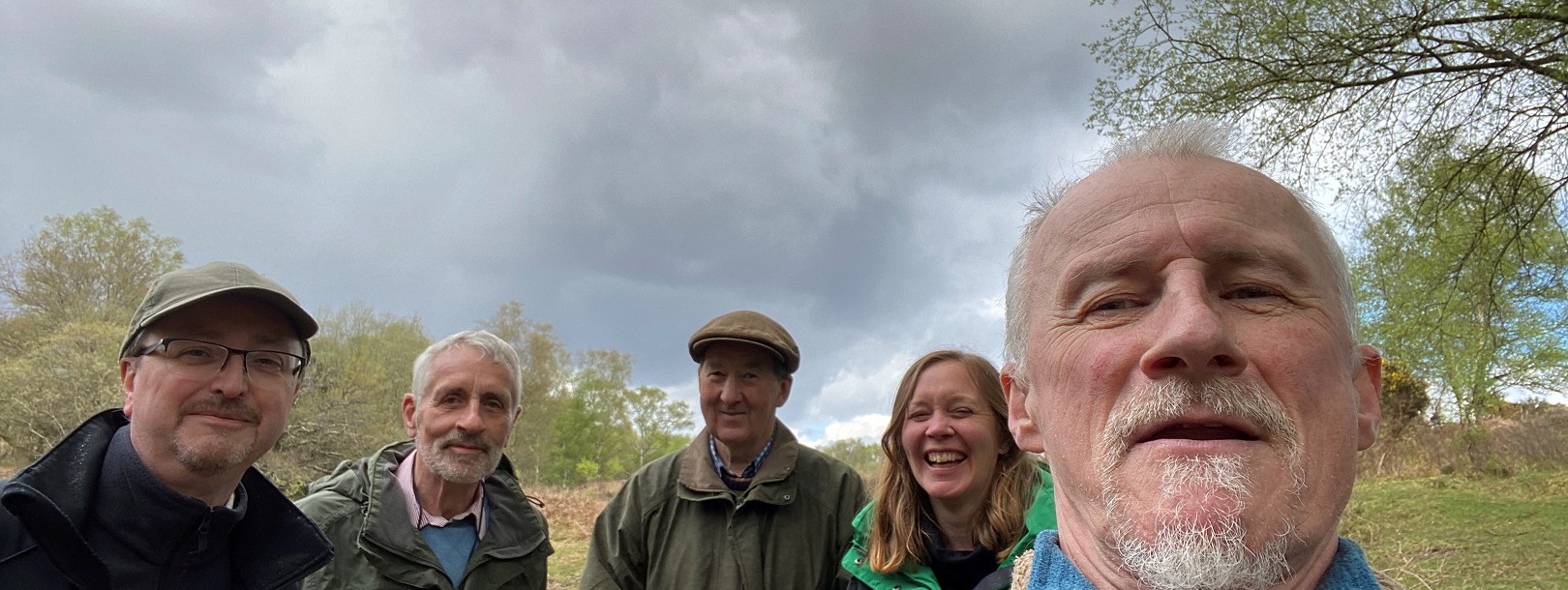
At this month's meeting of the Planning, Town & Enviorment Committee, the Council's Flood Warden Cllr Peter Kelleher presented a report on a recent meeting with various agencies to discuss natural flood defences in the National Park and ways to alleviate flooding. His report is as follows:
On Friday 19th April a group of likeminded individuals met on New Forest National Park, in an area which is managed by Forestry England. We were there mainly to learn how the mires (bogs) work to act as natural flood defences . Although the mires work well, Forestry England are restricted from expanding them, due to privately owned land adjacent to that area (Hightown Hill/ Crow Hill).
Freshwater Habitats Trust have been in discussions with some of these landowners but unfortunately the representative from that organisation was unable to attend our meet up at Foulford Bottom, so we still need to obtain an update from her on how those discussions are going.
It does seem paramount to us all that the only way forward is via engagement with landowners (and farmers) so we can naturally contain water in the ground, but also there does seem to be a need to introduce (where appropriate) what are called 'leaky dams'. In a perfect world, if we had extended mires and leaky dams then water flow would be slowed down significantly with the result being a huge reduction in flooding at the bottom of Crow Hill and Hightown Hill (as well as other places).
The outdoor meeting was successful. All concerned are passionate about natural flood defences and do want to see more done to alleviate the bad flooding we are all experiencing as a result of persistent and torrential rainfall, which runs off the high ground. Some work to be done would include;
Attendees at the meeting were (from left to right in the photo):
Ian Barker, NFNPA Ecologist
Dr. Peter Street, local water course expert
Hallam Mills, Bisterne Estate
Leanne Sergeant, Senior Ecologist, Forestry England
Peter Kelleher, Volunteer Flood Warden, RTC